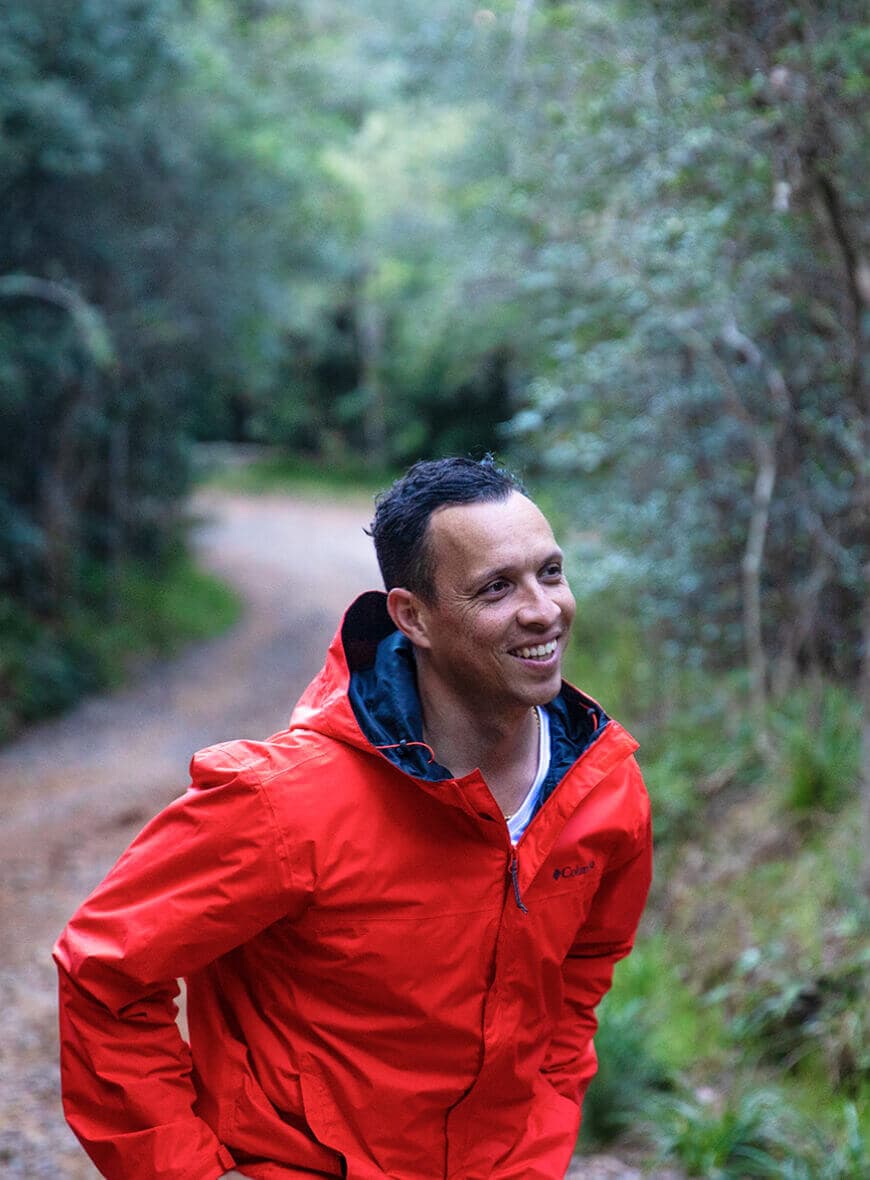Movement for Building the Complete Athlete
Fire on all cylinders’- Learn the principles of how to prime your myofascial machine for best performance. Find the weak links in the chain and address them. Upgrade your stability, mobility, power & control.
Movement for Chronic/Persistent Pain
Acquire an integrated ‘tools and knowledge kit’ to help you control, manage and understand pain to reduce its impact in your life.
Movement for Longevity
Build a personal movement bank of appropriate exercises that encourages strength, joint mobility & readiness for meaningful tasks and activities into senescence.
Movement for Building the Complete Athlete
Fire on all cylinders’- Learn the principles of how to prime your myofascial machine for best performance. Find the weak links in the chain and address them. Upgrade your stability, mobility, power & control.
Movement for Chronic/Persistent Pain
Acquire an integrated ‘tools and knowledge kit’ to help you control, manage and understand pain to reduce its impact in your life.
Movement for Longevity
Build a personal movement bank of appropriate exercises that encourages strength, joint mobility & readiness for meaningful tasks and activities into senescence.
Movement for Building the Complete Athlete
Fire on all cylinders’- Learn the principles of how to prime your myofascial machine for best performance. Find the weak links in the chain and address them. Upgrade your stability, mobility, power & control.

Jonathan Joshua
MPhil Biokinetics (UCT) | PG Dip Interdisciplinary Pain Management (UCT)
Chronic Pain & Injury Management
Pain Neuroscience Education & Perspectives
Exercise & Movement Strategies























